Patchwork Imaginings

So I’m trying to explain Patchwork, the new artificially intelligent tool from MidJourney. It’s easy to try, but then the explanation can involve an explanation if you don’t grok with the times.
Patchwork is a collaborative text to image generative AI worldbuilding tool. If you understand that, and it’s anywhere near alleys of interest to you, I would be surprised if you finished this sentence. If you’re still scratching your head or just want to learn more, please read on.
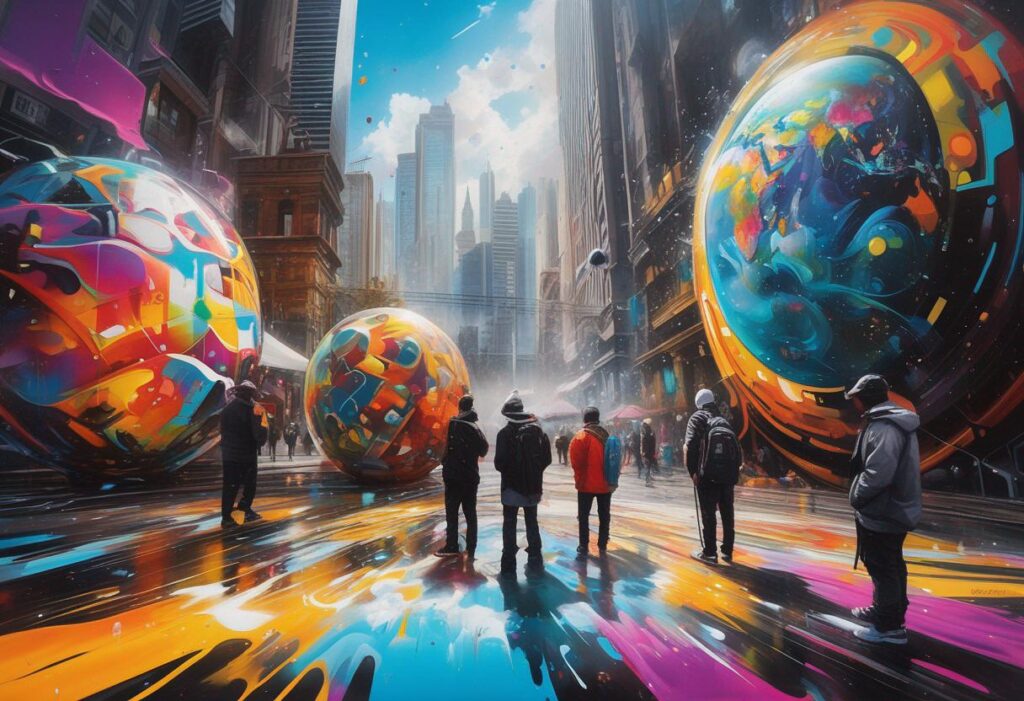
First, in case you are unaware, MidJourney is a Generative AI art masterpiece that allows users to create stunning images out of written descriptions, known as prompts. MidJourney is one of the best in its field (and the best according to many), and also one of the first tools used in the field as well.
Patchwork uses the foundation created by the image generator to help create entire worlds full of characters, locations and items that can be shared both as pieces or as a whole. It seems too amazing to properly put into words, but that’s how good art works these days…
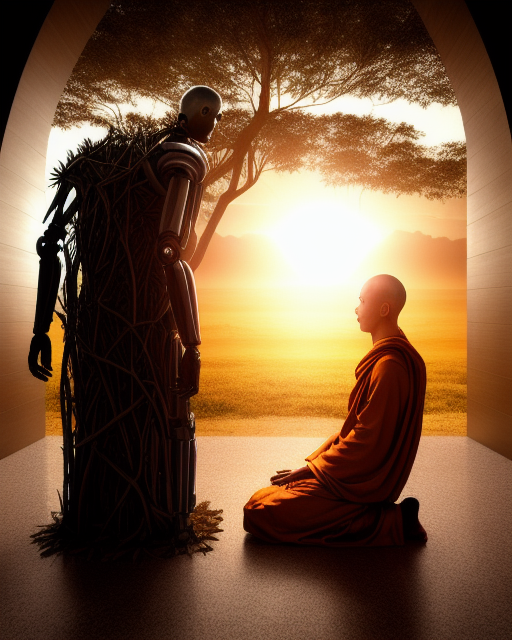
So if that’s not clear as mud, let’s try a metaphor to make it make sense, and maybe let’s use quilting. So I wasn’t there, but from what I’ve ascertained that…
Once upon a time there were these events called quilting bees, wherein people would gather to make quilts in collaboration with one another. You see, we used to make things, not just buy them… and well blankets are pretty important. It’s no accident that almost everyone has a favorite blanket, and that it’s usually one of the first attachments most people can remember.
But quilts aren’t just about keeping you warm, they are also a sort of familial cultural photo album, much like a Mexican Ofrenda on Los Dios De Lost Muertos. Pieces of different clothes and “swatches” from other quilts are incorporated into new blankets and often times, each piece of the quilt has it’s own story to tell.
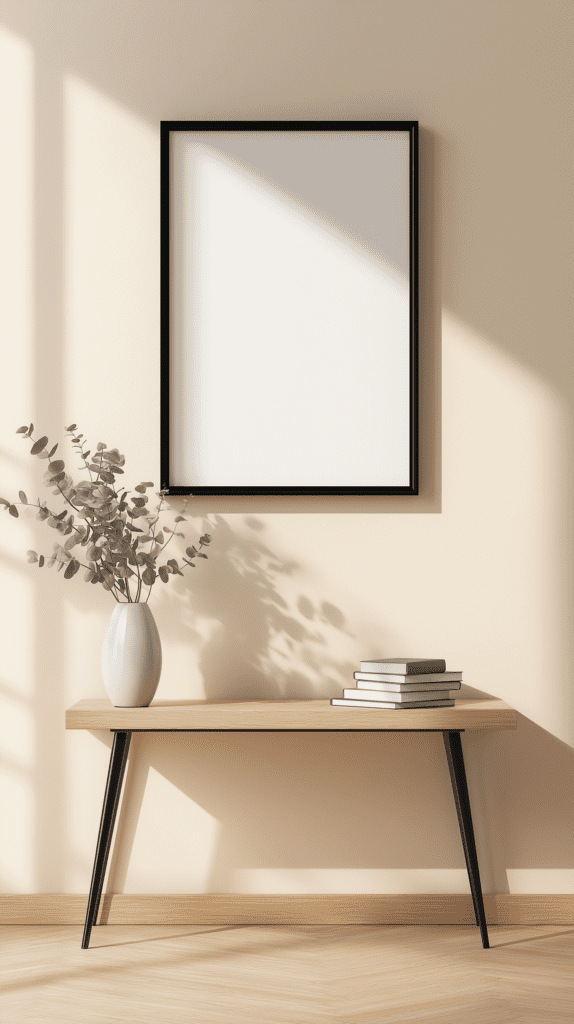
In Midjourney’s terms these swatches of story and story objects are called the Canvas. The Canvas is where the game objects are added to help create a world in which stories can be told using the other story objects such as: . These Canvases can be created by individuals or of teams numbering up to 100. They can be personal tales or group mayhem, there’s few rules and even fewer limits.
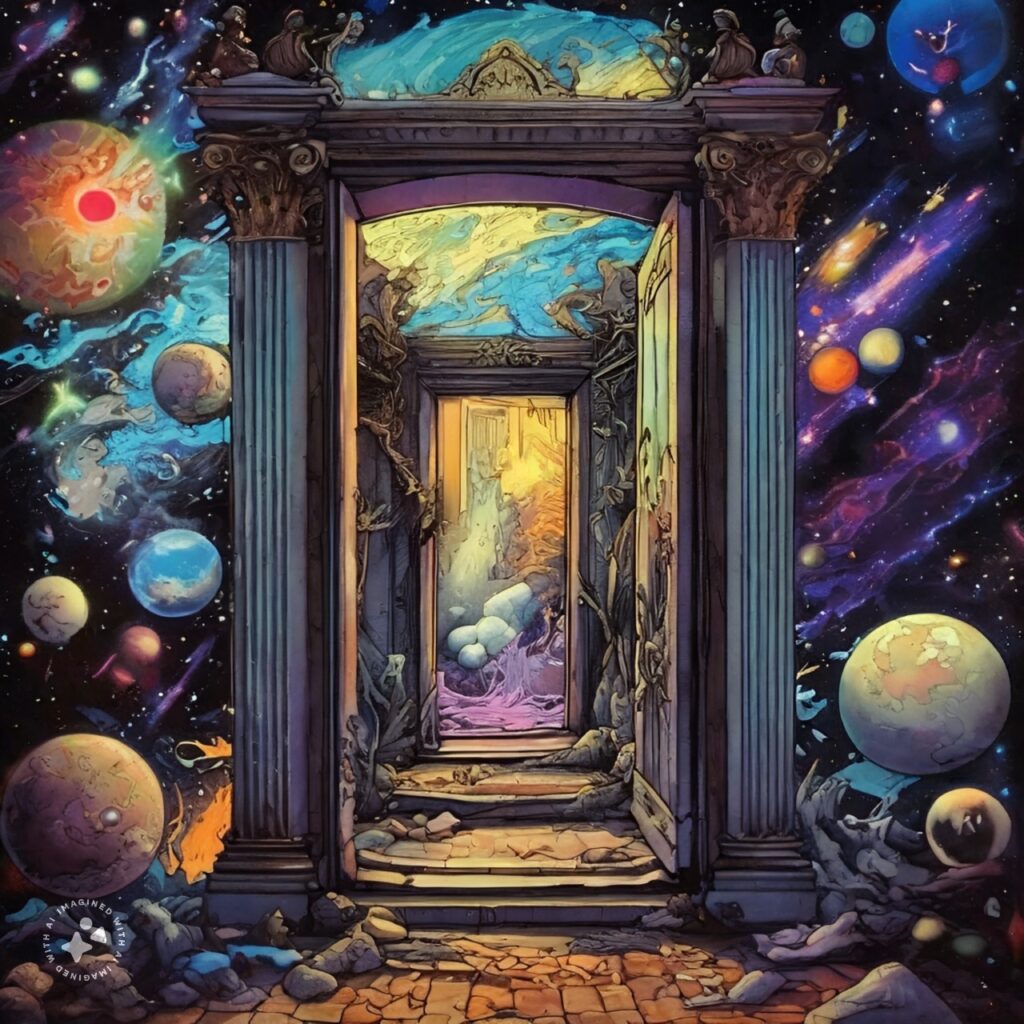
But it doesn’t stop there, besides each Canvas being collaborative, the canvases can be linked to each other using story objects known as “Portals”. Let’s return to our quilt metaphor for a minute.
Each quilt then, is an assembly of those swatches, or pieces of canvas. Those swatches are then the stories and these swatches can be combined with other moments in time and story objects. Then the quilt itself becomes a larger container, expressing a meta narrative that sums its parts.
Examples exist in other media like an image made up of tinier pictures, or like Chaucer’s famous literary work, Canterbury Tales, which contains a multitude of stories, each being a tale told while on the road to Canterbury. If you are looking for examples involving moving pictures, consider a season of a good TV show that has a season long narrative arc even though all the pieces or episodes may not relate entirely or at all. We are thinking X-Files here but I’m sure your brain filled in the blank just fine.
That’s where Patchwork comes in. Much like a quilt, the creator is likely trying to tell a story with their canvas. The canvas begins as a giant blank whitespace, but using words and the AI text to image generator, the wordsmiths create pictures that can be assigned as story objects on the canvas.
The objects can be anything you might find in a story, like a character, or a setting or an item. These objects can be created and assigned to an object category that will inform the Patchwork engine how the objects should interact. For example, the pool rarely goes to the teacher for help with potatoes. What a thing or role serves in a story will explain a lot of what it’s function and purpose are. These objects can be shared from one creator to another, allowing for items and characters to interact with locations and or monsters.
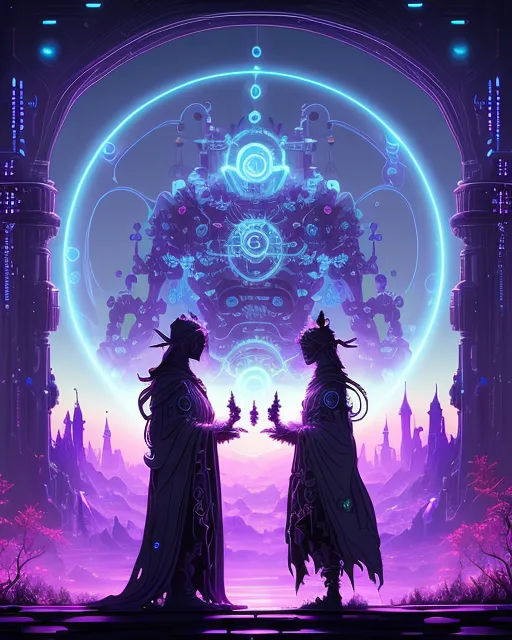
So once you have a setting, some characters, and some items that can be used, the story can begin to take shape. Patchwork’s engine can determine the different ways in which the different objects can interact with one another to tell a story or create an interactive experience. There are multiple ways that a narrative can unfold and reach conclusion, games are a way in which we can sidestep a traditional narrative that always makes the same choices and thus ends in the same repeatable way.
So our quilt is built out of screens, and each screen or piece of the quilt is it’s own story or world. Patchwork allows the users to become a larger part of the blanket or story in at least two ways. People can collaborate inside of another users canvas when invited to do so. This let’s many users help create and tell stories and create games, all on a single square of the larger blanket or Canvas. Without the next step its pretty easy to be floored with awe, and possibilities.
Patchwork doesn’t stop there, but knocks it up a notch by hitting it with the the spice weasel (Bam!), using one of their story blocks called a “Portal”, users are allowed to create a door inside their world that will link to a portal in another effectively allowing users or players to move from one of their canvases to another or to a canvas that even belongs to another user effectively linking the canvases to a larger tapestry. So you can take your time and sew each square of the quilt, or you can use the internet as a global quilting bee and create a collaborative experience with people from across the globe.
We are still chomping at the bit for the opportunity to learn more about the process, and we will likely follow up here after learning and creating. However, before experience replaces excited novelty, we want to bask in the feelings of possibility that come with the notion that we can all build our own worlds out of our words. We can share them and work together to tell bigger stories that can continue to evolve as the world does. That sounds like a world full of infinite possibilities you can create by yourself or with others.
Link List
Here are a few other articles we have found floating around on the web regarding MidJourney’s new Patchwork project, including a link from Midjourney, the creators
- Patchwork Research Preview by Midjourney.com
- Patchwork User’s Guide by Midjourney.com
- VentureBeat: Midjourney introduces collaborative Worldbuilding tool
- Tom’s Guide: New AI Image World Builder, Patchwork
Similar Software Solutions….
And it seems that Patchwork isn’t alone in the field of building digital worlds and or experiences with the help of AI. Other examples we have found include Genie 2 by Google’s Deepmind project as well as Lei Lei’s WorldBuilder.
Sharing is Caring
Try them all, share your creations here, and if you’re looking to link portals say so. Lets make enough magic to pull a rabbit out of a hat. The world really needs it right about now.
When we have something worth sharing we will update this post. Until then, dream on.